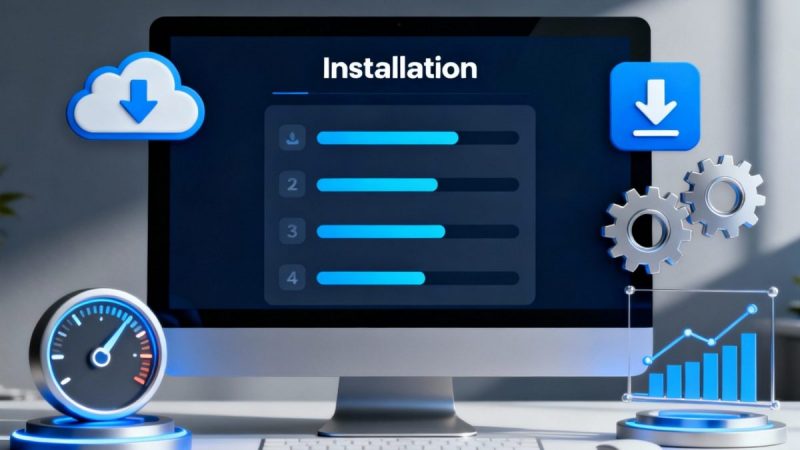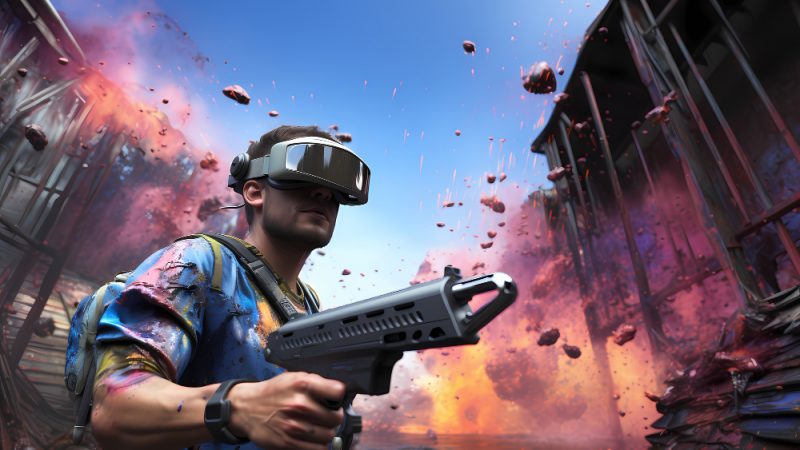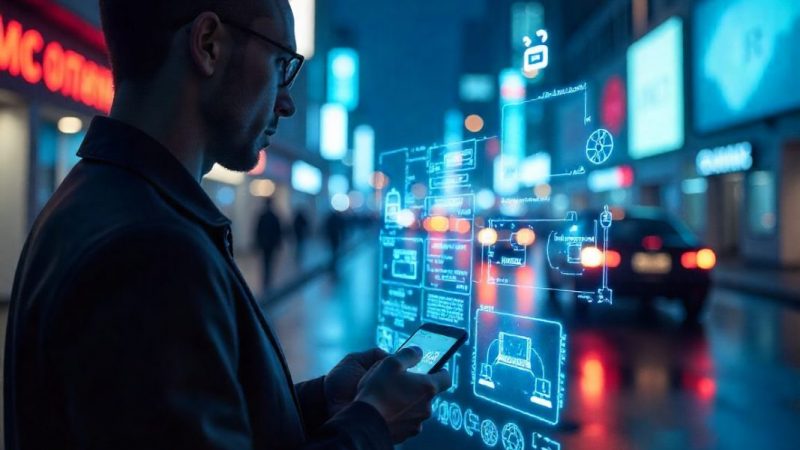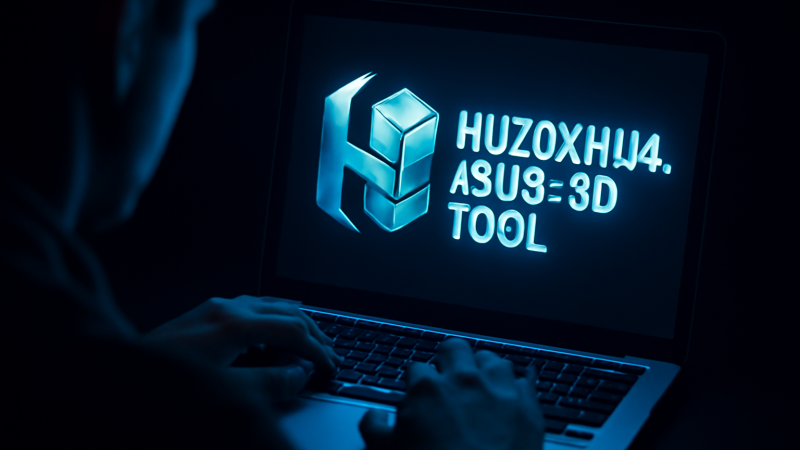How To Find The Best Open LPR Software For Your Application

Are you looking for the best open LPR software to process images and videos for your application effectively?
An automated license plate recognition (ALPR) solution is a great way to go. With the right LPR software, it’s possible to quickly and accurately process license plates from images and videos.
This article will discuss the open LPR software features your business should look for when searching for your application’s best open LPR software.
The Ability to Read Low-Quality Images of License Plates
One of the most critical factors for finding the best open ALPR software for your application is identifying a solution that can read a difficult-to-read license plate.
For instance, whether you own a shopping center, a parking garage, or a parking lot with a gated toll, there will be instances where it will be challenging to capture a crystal clear license plate image.
Instead, most images will be blurry, at a difficult-to-read angle, in the low-lit environment, or multiple license plates are within the camera’s field of view.
Fortunately, several technologies have been used to improve the quality of digital images of license plates.
One such technology is using a median filter to reduce visual noise. Another is the use of a perspective stabilization filter that automatically tracks the position of the license plate in subsequent frames.
So much innovation has been made in digital image processing, enhancing the recognition capabilities to focus only on the essential characters of a license plate, a feat previously only possible with human intervention.
Provides Multiple Decoded License Plates From One Image
As a business owner, when searching for the best openALPR application for your software, one feature that you should be unwilling to do without is the ability to decode multiple license plates from a single image.
The most reliable Automatic License Plate Recognition (ALPR) solution can decode multiple license plates from a single image quickly and accurately. ALPR technology can capture up to 1,800 license plates per minute.
Using sophisticated LPR software, an ALPR system can rapidly detect license plate numbers from poor angles, lighting conditions, or weather conditions such as snow, rain, and fog.
This process enables security teams to capture accurate information about vehicles that enter or exit their premises for improved safety and security.
The Ability to Process Both Images and Videos Effectively
When your business requires the identification of vehicles by their license plates, sometimes the best visual will come from a still image, while other times it will come from a live stream or video.
Therefre, the open ALPR software you choose must effectively process images and videos, regardless of the lighting or weather conditions.
This system must combine traditional computer vision, image processing, and machine learning to create an end-to-end solution. The result is a robust, effective, and efficient system.
With the introduction of a new LPR-capable device, you can easily detect violations and ensure safe and efficient traffic flow in and out of businesses, parking lots with gate tolls, or gated communities.
An ALPR with Minimal False Positives Caused Miscellaneous Elements
One of the biggest challenges in developing an efficient ALPR system is handling small objects, which are challenging to detect with traditional ALPR methods.
Many countries have their own license plate format, making it challenging to develop a single system that works for all plates. This is a problem since different forms require heuristic rules.
A practical algorithm must consider all possible angles of the plate and its format. Moreover, different license plates may be printed on different scales. For instance, a Swedish license plate might be printed on a smaller scale than a Latvian plate.
Furthermore, the plate needs to be tracked in frames to detect a license plate on a moving car. Moving objects might blur the image, causing recognition accuracy to decrease.
In addition to this, the size of a license plate is also minimal compared to the frame. Therefore, processing the image will require a lot of computation.
Several approaches have been proposed to overcome these challenges. However, most of them are designed to work with a stationary camera.
However, they are unsuitable for an ALPR system triggered by a moving car.
Recently, a new approach has been proposed to overcome these problems. It is an encoder-decoder framework. The process is simple.
Besides incorporating the most compelling features of a deep neural network (DNN), it also allows the framework to be flexible and generic.
An Open LPR Software That Checks All of the Boxes
While conducting my research before and during this article’s composition, I analyzed several automatic license plate recognition solutions. However, one answer stood out due to its comprehensiveness and forethought.
Specifically, PlateRecognizer, an automatic license plate recognition software, uses deep learning algorithms to recognize a vehicle’s license plate, resulting in 99 percent or more accuracy and is constantly being enhanced to consider real-world factors to ensure you get the best possible results.
In addition to possessing all of the features mentioned above, I am excited that the deep learning algorithms of PlateRecognizer push it to improve and become more accurate, which is what we need more of as business owners. Furthermore, all of this is offered at very affordable openALPR pricing.






